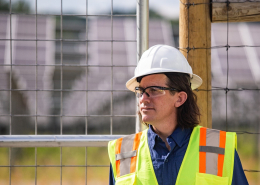
AgriSolar Podcast Ep. 6: The Big Picture and Nitty Gritty of Agrisolar
This episode is a conversation between NCAT Energy Program Director Stacie Peterson and Iain Ward, a farmer and founder of Solar Agricultural Services.
It is the sixth in a series of AgriSolar Clearinghouse podcasts that are being featured…
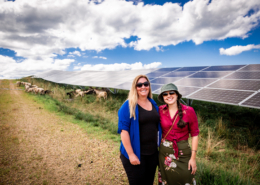
AgriSolar Podcast Ep. 5: Sharing the Journey with AgriSolar Consulting
This episode is a conversation between NCAT Energy Program Director Stacie Peterson and Alexis Pascaris, executive director of AgriSolar Consulting.
It is the fifth in a series of AgriSolar Clearinghouse podcasts that are being featured on ATTRA’S…

AgriSolar Podcast Ep. 4: Birds, Bees, and Butterflies – Solar Pollinator Habitat
Wondering how solar energy arrays can benefit pollinator health and habitat? Find out in this interesting podcast from our archives!
This episode features a conversation between Stacie Peterson, NCAT’s Energy Program Director and Manager of…
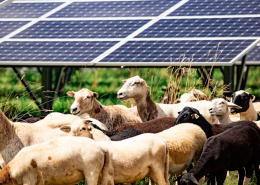
AgriSolar Podcast Ep. 3: Lexie Hain — Sheep and Solar a Match
This episode features a conversation between Stacie Peterson, NCAT’s Energy Program Director and Manager of the AgriSolar Clearinghouse, and Lexie Hain, the country’s leading solar grazing expert.
It is the third in a series of AgriSolar…
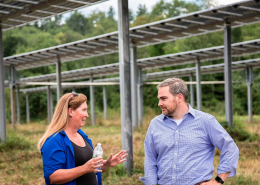
AgriSolar Podcast Ep. 2: Keeping Family Farms in Family Hands with AgriSolar in Massachusetts
This episode is a conversation between Stacie Peterson, NCAT’s Energy Program Director and Manager of the AgriSolar Clearinghouse, and Nate Tassinari, the owner of Million Little Sunbeams, a third-generation hay farm in Monson, Massachusetts.
It…
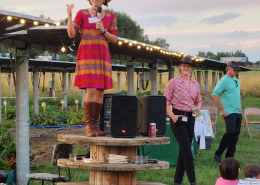
AgriSolar Podcast Ep. 1: Growing Crops Among the Solar Panels in Colorado
The AgriSolar Clearinghouse Podcast officially kicks off with a conversation between Meg Caley, Executive Director and co-founder of the Colorado nonprofit Sprout City Farms and AgriSolar Clearinghouse Director Stacie Peterson. They discuss the many additive benefits of agrisolar, the challenges of farming in an obstacle course, and the importance of community.
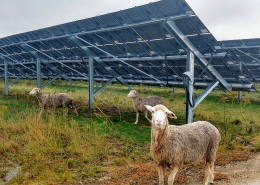
LISTEN: NCAT’s AgriSolar Clearinghouse Aims to Make Solar More Accessible to Land Managers
The National Center for Appropriate Technology has launched America’s first AgriSolar Clearinghouse to connect farmers, ranchers, land managers, solar developers, and researchers with trusted, practical information to increase the co-location…
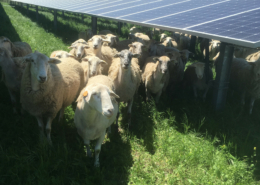
Sheep and the Sun: Solar Grazing with Lexie Hain
A recent episode of ATTRA Sustainable Agriculture podcast Voices from the Field takes a look at solar grazing, the practice of using livestock to manage the vegetation under solar panels. Sheep are widely considered the best animal for solar grazing, and they are being used in many countries with great success.
